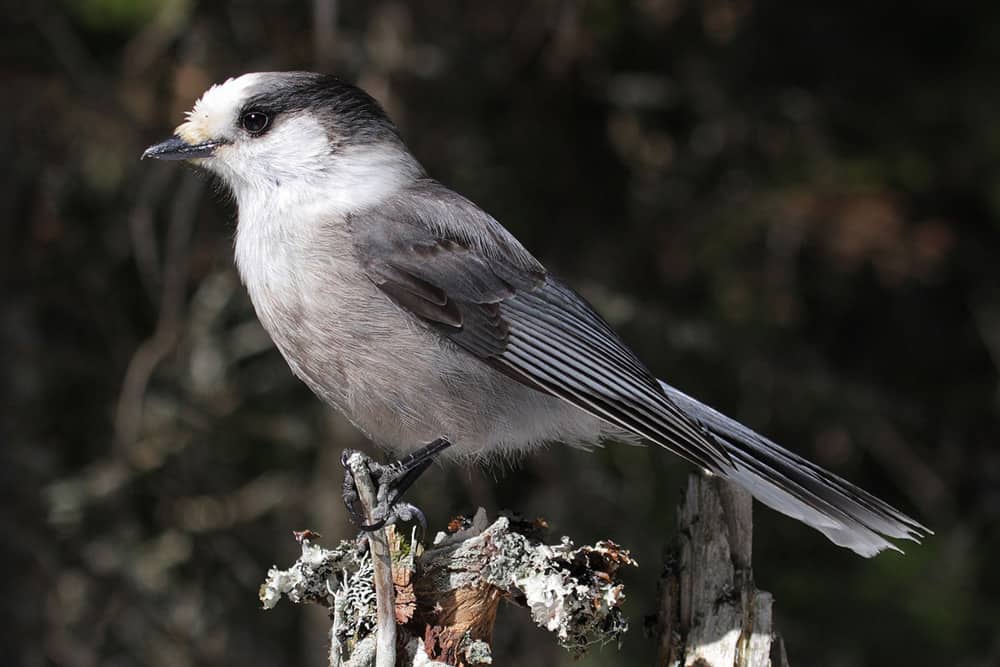Summer Birds of Kentucky (June, July, August)
Although a few spring migrants trickle through Kentucky into early June, the breeding season has commenced for most Kentucky birds by the end of May. June is the best month for finding the greatest variety of songbirds nesting in the state, and June is an excellent month to head east to the forests of the Cumberland Plateau or Cumberland Mountains. Areas like the Daniel Boone National Forest and Cumberland Gap National Historical Park offer a great variety of breeding forest songbirds including wood thrushes, red-eyed and yellow-throated vireos, worm-eating, black-and-white, and hooded warblers, and scarlet tanagers. A favorite for most Kentucky bird watchers is also Black Mountain, the only peak in the state that attains an elevation of 4,000 feet. Here several species can be found breeding that occur nowhere else in this abundance in the state including veery, chestnut-sided and black-throated blue warbler, rose-breasted grosbeak and dark-eyed junco. By early July, most species are singing only in the first part of the morning. As “exciting” birding wanes during June, it’s a great time of year to mix in a little butterfly watching as you walk trails and woodland edges. July marks the surprisingly early return of fall migrants in the form of shorebirds again. These birds are already returning from early spring nesting during the 24 hours of daylight on the Arctic tundra and many are heading for tropical destinations.
August finds only a few species continuing to nest, but by the middle of the month, shorebirds are beginning to peak. By month’s end, waterfowl and songbirds are returning on the season’s first cool fronts. One of the most precision-timed avian events each year is the appearance of large numbers of common nighthawks in the evening skies as they pass through on their way to the tropics. These birds are most conspicuous during the last week of August and the first week of September, although a few continue to move through into early October.




